Brain in a vat technology?
If it were tried on a person, it might mean awakening in the ultimate sensory deprivation chamber.

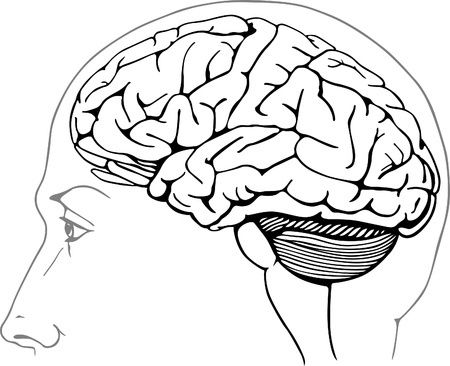
Scientists at New York’s Albert Einstein College of Medicine have conducted experiments and found that stem cell implants in the brains of mice can stop aging and help the treated animals remain fitter for longer.
What part of the brain controls aging?
The experiments have helped researchers identify that a part of the brain called the hypothalamus is intimately involved in the aging process. The investigators hope to launch trials in humans to see whether similar treatments with neural stem cells can prolong the life of treated individuals.

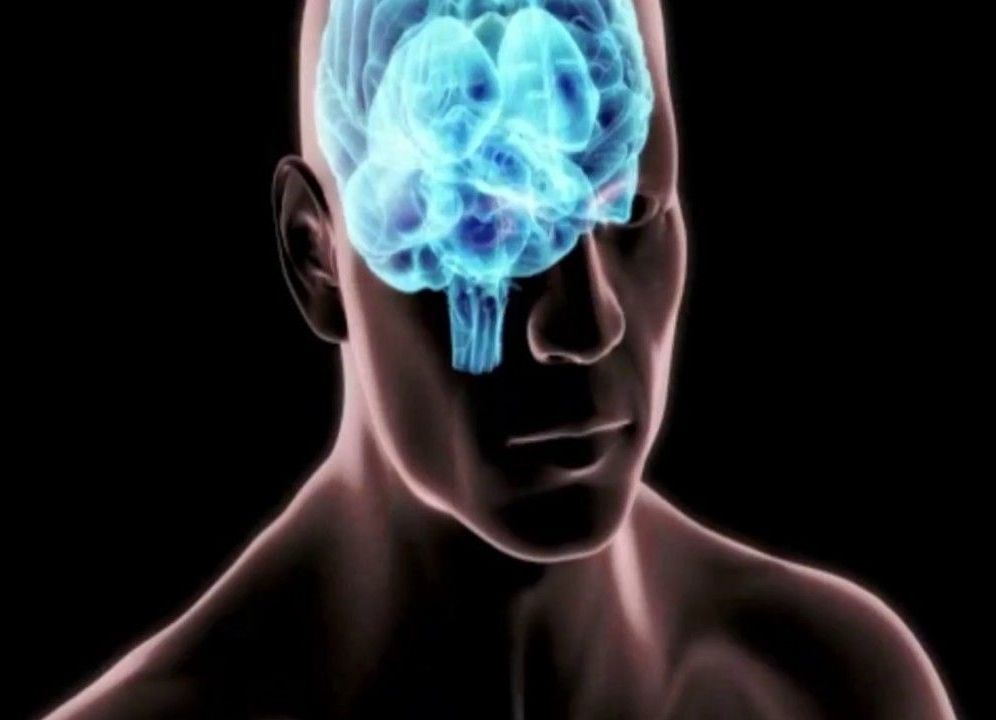
Older people can still grow new brain cells like young people, new study shows. Reference: surg.ws/2GYVXOU
Researchers show for the first time that healthy older men and women can generate just as many new brain cells as younger people.
There has been controversy over whether adult humans grow new neurons, and some research has previously suggested that the adult brain was hard-wired and that adults did not grow new neurons. A new study counters that notion. Lead author Maura Boldrini, associate professor of neurobiology at Columbia University, says the findings may suggest that many senior citizens remain more cognitively and emotionally intact than commonly believed.

Today we will be discussing new research published in nature where researchers modified a protein associated with Alzheimer’s disease into a more harmless form, allowing them to remove the damage caused by Alzheimer’s in human cells. This is especially important because the research was not conducted on mice but rather human cells, and shows a potential way to halt the formation of the plaques associated with Alzheimer’s in the first place.
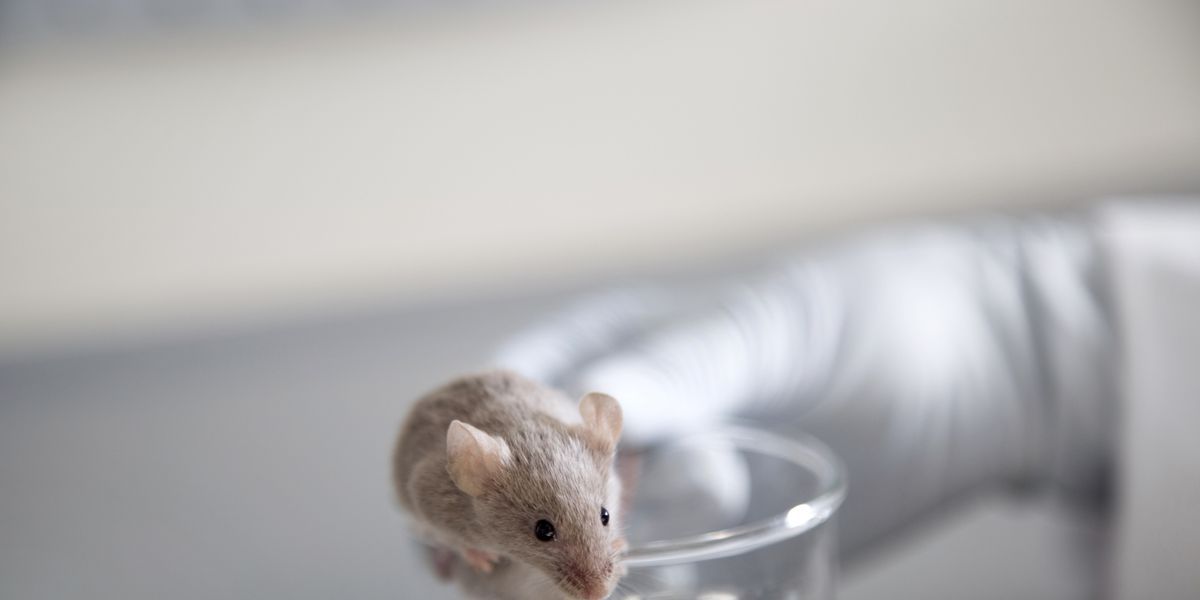
The mice helped the tiny organoids get nutrients, oxygen, and even start developing human neurons.
Getty Images
Scientists at the Salk Institute implanted lentil-sized human brain organoids into the heads of mice, then closed it with a transparent window. The mice looked and behaved like ordinary mice, while supplying blood and nutrients to keep human brains developing for months.
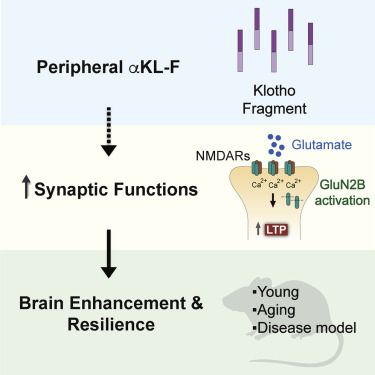
Peripheral Elevation of a #Klotho Fragment Enhances Brain Function and Resilience in Young, Aging, and α-Synuclein Transgenic Mice.
Klotho is a longevity factor associated with cognitive enhancement when genetically and widely overexpressed over the lifetime of mice. Leon et al. show that peripheral delivery of a klotho fragment, αKL-F, acutely enhances cognition and neural resilience in young, aging, and disease model mice, establishing its therapeutic relevance and dissecting its underlying mechanisms.
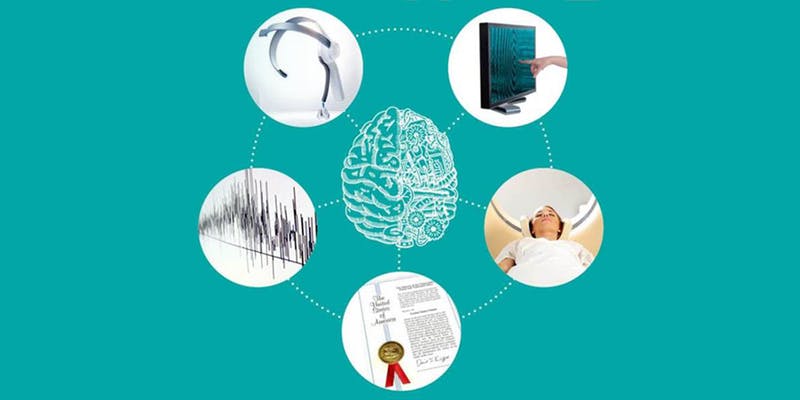
Fun event if you’re in London on May 30th smile
___ Heads-up: the Imperial College Centre for Neurotechnology will host a keynote by Alvaro Fernandez on Wednesday, May 30th, titled Why the Future of Brain Enhancement & Mental Health is Digital & Pervasive. Description: As seen in patent and investment trends, research findings and consumer/patient behaviors, Mental.
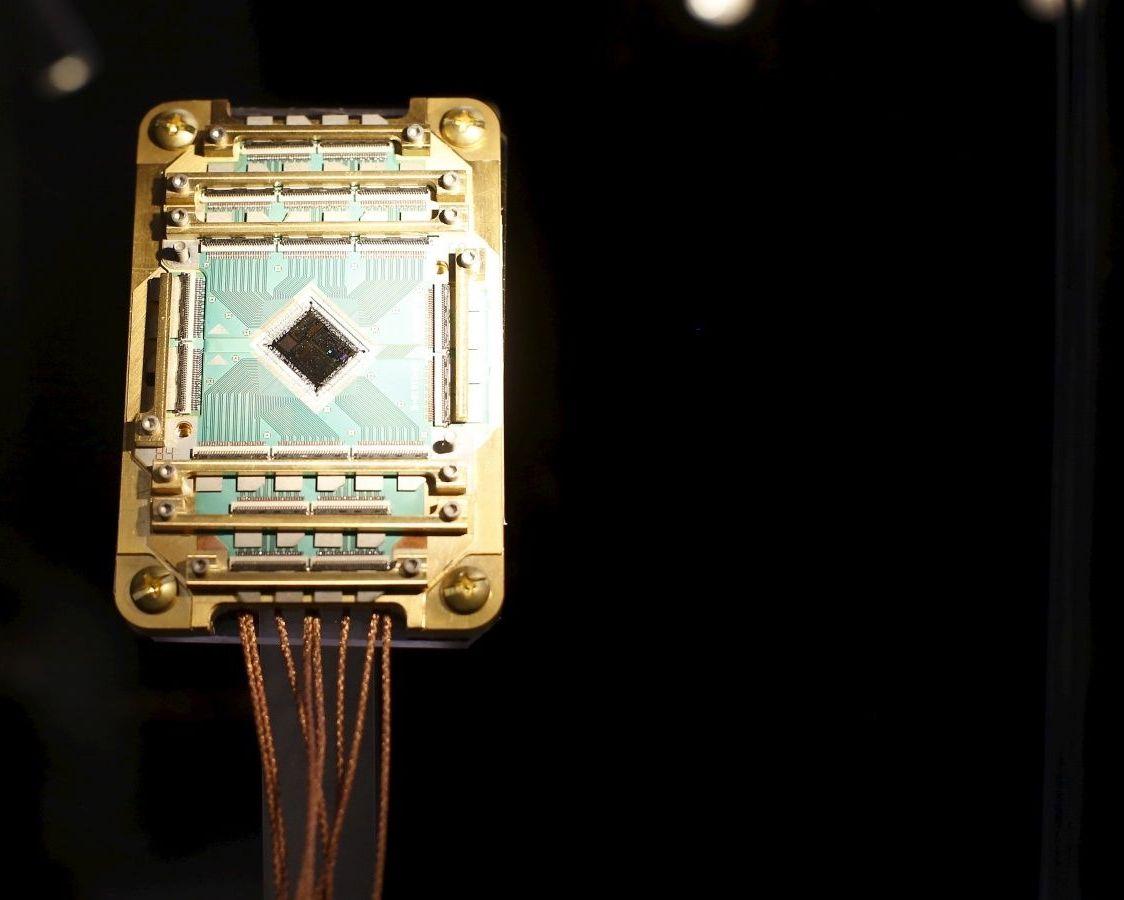
The quantum race is on, and the stakes are high. The winner will gain a military and intelligence edge, as well as a first mover advantage in what is guaranteed to be a massive industry for decades to come. How will the United States fare?
Blog Post by Guest Blogger for Adam Segal.
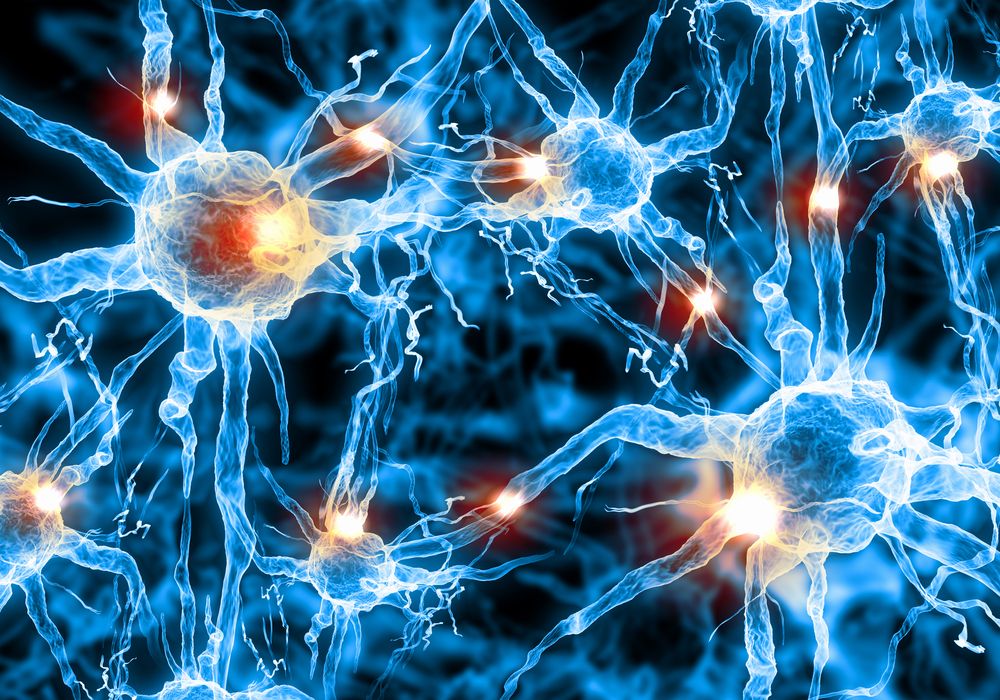
A new open access paper takes a look at the potential of regenerative medicine for the treatment of Alzheimer’s disease [1]. The review covers approaches such as spurring the production of new neurons and transplanting new neurons while taking a look at the disease-modeling approaches and techniques that science is now using to refine approaches to treating Alzheimer’s.
The authors here investigate how induced pluripotent stem cells (iPSCs) are contributing to the growing knowledge in the field by allowing researchers to create increasingly refined models of Alzheimer’s disease. A current problem we have is that animal models do not emulate the disease closely enough to lead to translational therapies that work in humans; this is why so many new medicines that work in mice fail in clinical trials. The review takes a look at the challenges and how science is working to develop better models.
Introduction